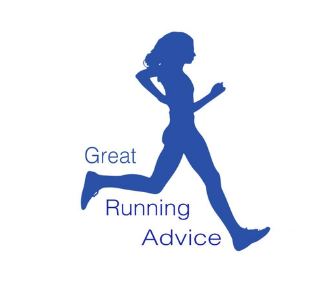Running is a popular and enjoyable exercise that provides numerous health benefits. However, one question often arises among runners should your heels touch the ground when running? In this article, we will explore different running techniques, the impact of heel striking, and recommendations for proper running form.
Understanding Running Techniques
There are two main running techniques: heel-to-toe and forefoot striking.
Heel-to-Toe Running
Heel-to-toe running is when your heel first makes contact with the ground, followed by the rest of your foot. This is the most common running technique, especially among beginners. Heel striking is often considered a natural way to run, as it’s how many people walk and jog.
Forefoot Running
Forefoot running is when the ball of your foot first makes contact with the ground, with the heel only lightly touching or not touching the ground. This technique is popular among sprinters and experienced long-distance runners. Some people believe that forefoot running can help reduce the risk of injury and improve running efficiency.
The Impact of Heel Striking
Heel striking has been debated among runners and experts for years. Some argue it can lead to injury, while others believe it is safe. Let’s examine the pros and cons of heel striking.
Pros of Heel Striking:
- Natural Running Style – For many, heel striking feels more natural and comfortable. This could be because it resembles how we walk, making transitioning to running easier.
- Slower Pace – Heel striking can help control your running pace, especially for beginners struggling to maintain a steady rhythm. You can slow down and maintain a more comfortable speed by landing on your heels.
Cons of Heel Striking:
- Increased Impact – When you land on your heels, your joints have a higher impact force, including your knees, hips, and ankles. Over time, this can lead to various running-related injuries, such as shin splints, stress fractures, and joint pain.
- Reduced Efficiency – Heel striking can also reduce your running efficiency, creating a braking effect each time your foot hits the ground. This can slow you down and require more energy to maintain your pace.
Forefoot Running: A Better Alternative?
Proponents of forefoot running argue that it can help reduce the risk of injury and improve running performance. Let’s explore the benefits and drawbacks of this technique.
Benefits of Forefoot Running
- Lower Impact – Forefoot running reduces the impact on your joints, as the force is distributed more evenly across your foot. This can help prevent injuries and keep your legs feeling fresh and vital.
- Increased Efficiency – By landing on the balls of your feet, you can maintain a smoother, more efficient running stride. This can help you run faster and use less energy.
Drawbacks of Forefoot Running
- Requires Adaptation – For those who are used to heel striking, transitioning to forefoot running can be challenging. It requires building new muscle strength, especially in your calves and feet, which can take time and patience.
- Risk of Injury – While forefoot running can help reduce some injury risks, it’s not guaranteed. Runners may still experience injuries related to poor running form or overtraining, regardless of their foot strike pattern.
Recommendations for Proper Running Form
Ultimately, the best running technique depends on each individual’s unique biomechanics and comfort level. However, here are some general recommendations to help you maintain proper running form:
- Focus on Comfort – Choose a running style that feels comfortable and natural for you. For example, if heel striking is causing pain or discomfort, try a forefoot strike to see if it feels better. Likewise, if forefoot running is causing discomfort, experiment with a more heel-to-toe strike. Remember, listening to your body and adjusting as needed is essential.
- Gradual Transition – If you change your running technique, do so gradually. Give your body time to adapt to the new style by slowly incorporating it into your runs. This can help minimize the risk of injury and make the transition more comfortable.
- Strengthen Key Muscles – Regardless of your running technique, it’s essential to strengthen the muscles that support your running form. Focus on exercises that target your calves, quads, hamstrings, and glutes. Stronger muscles can help improve your running efficiency and reduce the risk of injury.
- Maintain Proper Posture – Good posture is crucial for efficient running. Keep your head up, look straight ahead, and maintain a slight forward lean. This can help keep your body aligned and prevent unnecessary joint strain.
- Stay Flexible – Incorporate regular stretching and mobility exercises into your routine. This can help maintain flexibility and range of motion, which is essential for proper running form and injury prevention.
Conclusion
In summary, whether or not your heels should touch the ground when running depends on your biomechanics, comfort level, and running goals. Experimenting and finding the running technique that works best for you is essential. If you’re unsure or experiencing pain, consult a professional, such as a physical therapist or running coach, for personalized guidance. Listen to your body and adjust to ensure a safe and enjoyable running experience.

